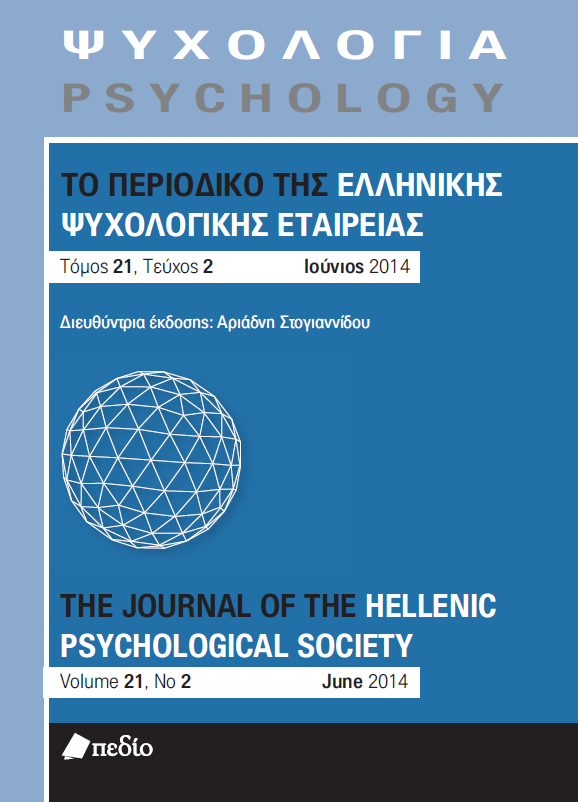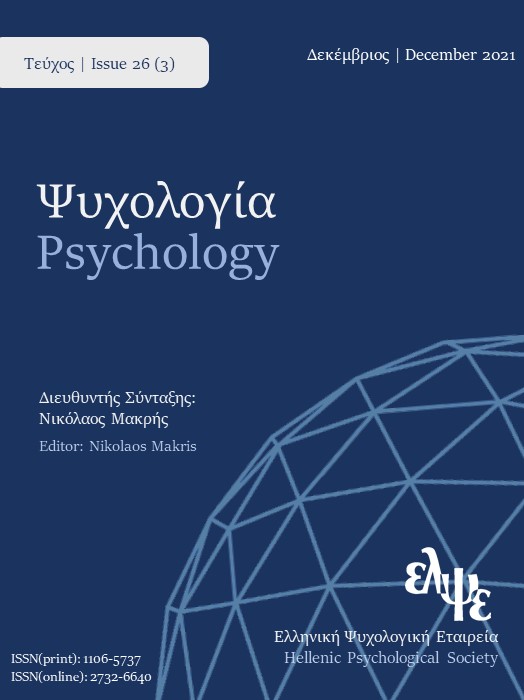Bullying in Cyprus: Perceptions regarding the pupils’ involvement

Abstract
The aim of this study was to investigate the perceptions of bullying among secondary and high school pupils in Cyprus and to present the differences according to age, gender and involvement. The survey involved 514 pupils aged between 13 and 16 years who answered a self-reported closed questionnaire. According to the findings, girls are more negative about bullying than boys. Only pupils aged 13 show fear of the bully and feel a need for his/her punishment but they also point out that the victim may provoke the bully; meanwhile pupils aged 16 are more supportive of the idea that the bully harms the victims. In addition the victims, the victims/witnesses, the witnesses and those pupils who are not involved demonstrate fear of the bully, seek his/her punishment and are supportive of the weak victims. In contrast, those in the bullies’ category show no fear of the bully, do not agree with punishment and do not consider the victims to have been harmed.
Article Details
- How to Cite
-
Madoglou, A., & Dimitriou, S. (2020). Bullying in Cyprus: Perceptions regarding the pupils’ involvement. Psychology: The Journal of the Hellenic Psychological Society, 21(2), 113–129. https://doi.org/10.12681/psy_hps.23271
- Issue
- Vol. 21 No. 2 (2014)
- Section
- RESEARCH PAPERS

This work is licensed under a Creative Commons Attribution-ShareAlike 4.0 International License.
The journal PSYCHOLOGY adopts a Platinum open-access policy. Submission, processing or publication costs are waived by the Hellenic Psychological Society. Papers published in the journal PSYCHOLOGY are licensed under a 'Creative Commons Attribution-ShareAlike 4.0 International' licence. The authors reserve the copyright of their work and grant the journal the right of its first publication. Third-party licensees are allowed to use the published paper immediately after publication as they wish, provided they retain the defined by the license copyright formalities, regarding the reference to its author(s) and its initial publication in the journal PSYCHOLOGY. Moreover, any adjusted work should be shared under the same reuse rights, so with the same CC license.





